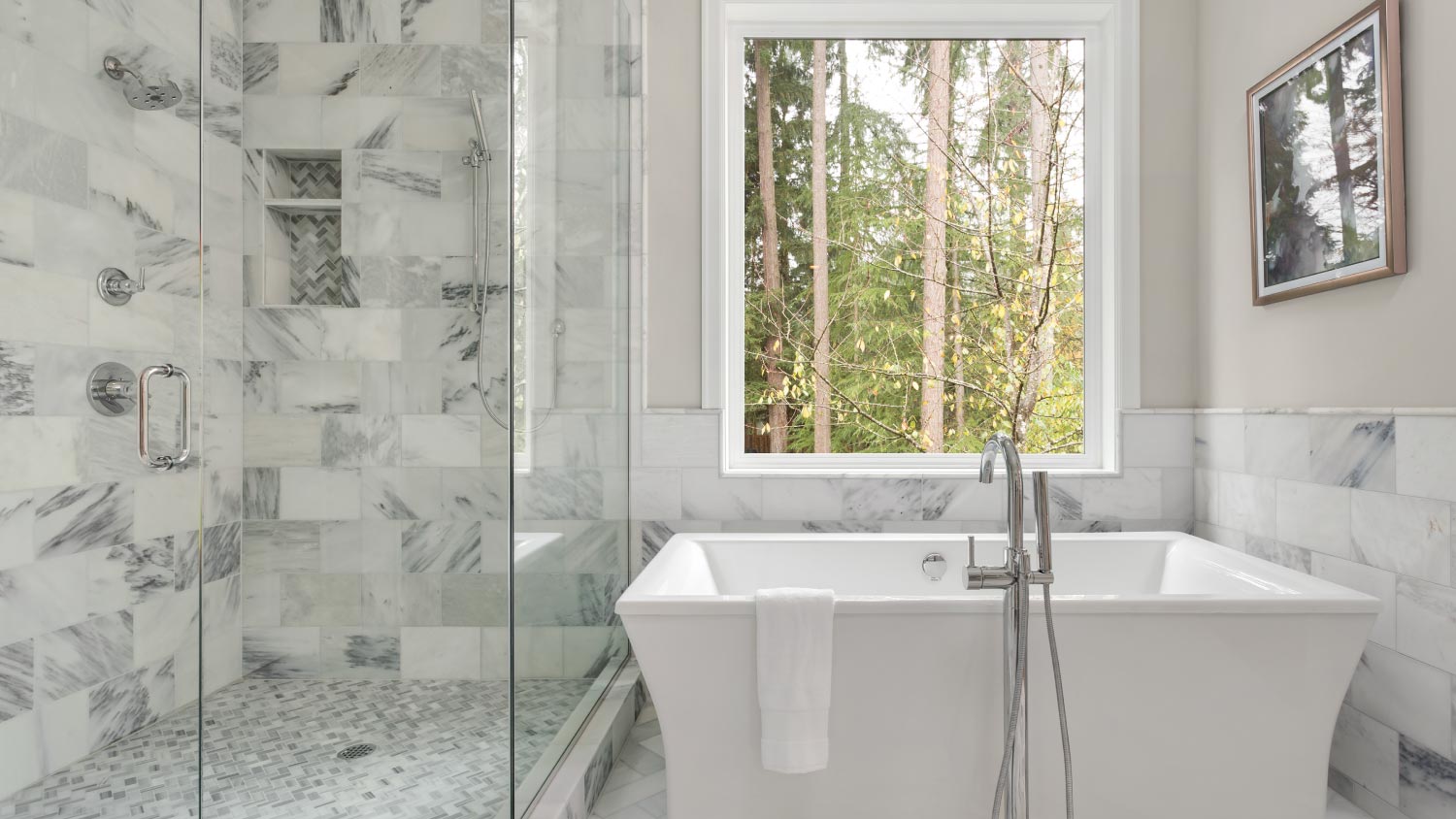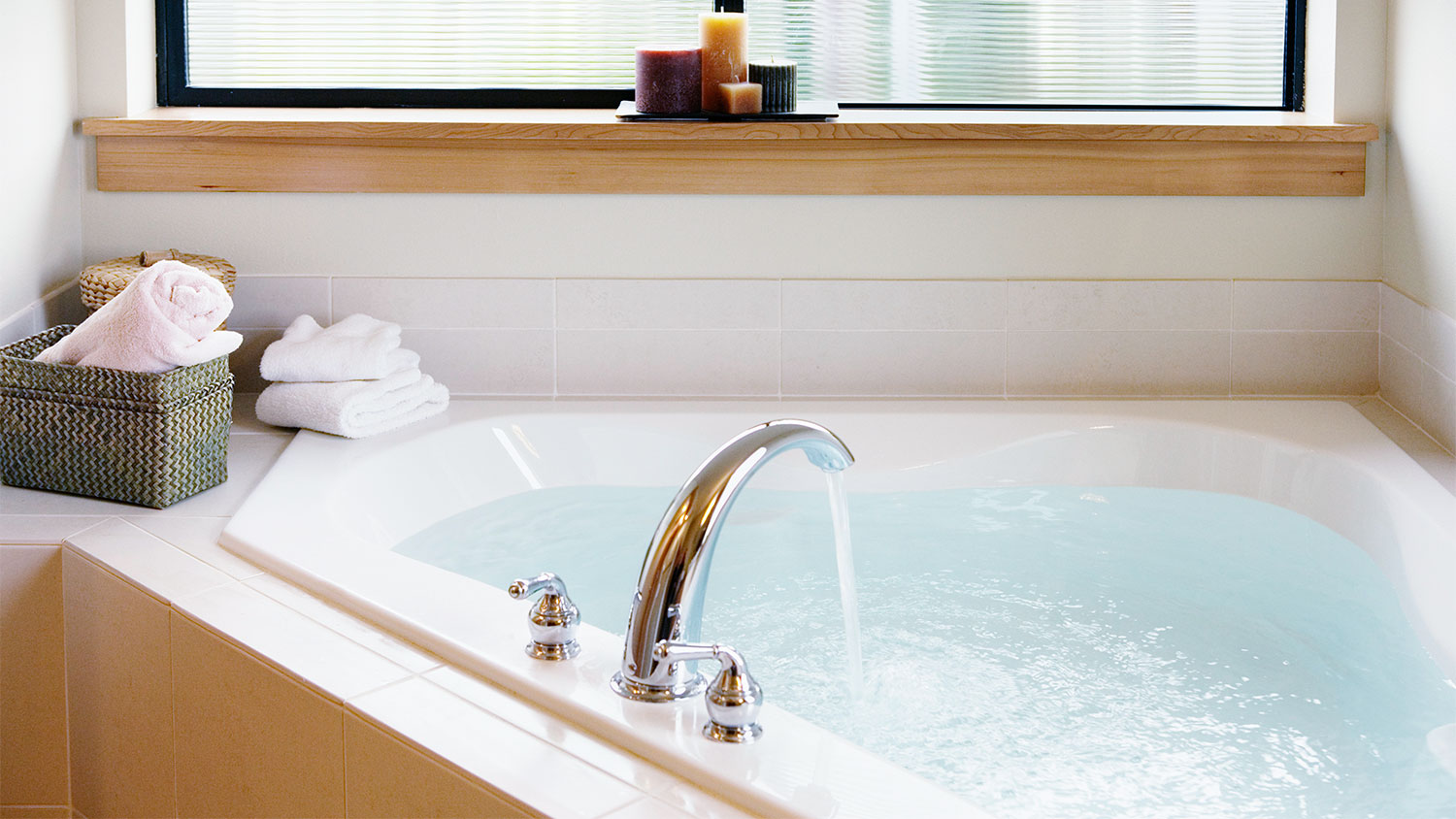
Get matched with top rototilling pros in Cumberland, KY
Enter your zip and get matched with up to 5 pros
Need a pro for your rototilling project in Cumberland, KY?
Find Rototilling pros in Cumberland

L & C Mower Parts
L & C Mower Parts
L & C is a family operated small business in the industry of outdoor power equipment sales and service. We service most makes of 2 & 4 stroke gas powered lawn mowers, chain saws, grass trimmers, etc. We also service propane powered equipment in the outdoor power industry. L & C has a minimum of TWO master certified technicians on duty
L & C is a family operated small business in the industry of outdoor power equipment sales and service. We service most makes of 2 & 4 stroke gas powered lawn mowers, chain saws, grass trimmers, etc. We also service propane powered equipment in the outdoor power industry. L & C has a minimum of TWO master certified technicians on duty
The homeowners guide to home care is here
From average costs to expert advice, get all the answers you need to get your job done.

Shower installation costs depend on size, style, and materials. No matter the budget, this guide can help you plan your project and even save a few bucks.

Finishing an attic can make a great addition to your home. This guide breaks down the cost to finish an attic, including labor, materials, and more.

Whether you’re looking to hire a pro or DIY, the cost of a kitchen design can add up quickly. Learn the cost factors involved in designing your kitchen.
 •
•Discover the average cost of a living room remodel, including price ranges and key factors, to help you plan your project with confidence.

An updated bathtub can give a bathroom a whole new look. Find out how much it costs to replace a bathtub in Atlanta, GA, including prices by type and labor costs.

An updated bathtub can give a bathroom a whole new look. Find out how much it costs to replace a bathtub in Charlotte, NC, including prices by type and labor costs.
- Saint Charles, VA Rototilling pros
- Appalachia, VA Rototilling pros
- Dryden, VA Rototilling pros
- Big Stone Gap, VA Rototilling pros
- Pennington Gap, VA Rototilling pros
- Norton, VA Rototilling pros
- Duffield, VA Rototilling pros
- Jonesville, VA Rototilling pros
- Pound, VA Rototilling pros
- Wise, VA Rototilling pros
- Dungannon, VA Rototilling pros
- Pippa Passes, KY Rototilling pros
- Coeburn, VA Rototilling pros
- Rose Hill, VA Rototilling pros
- Clintwood, VA Rototilling pros